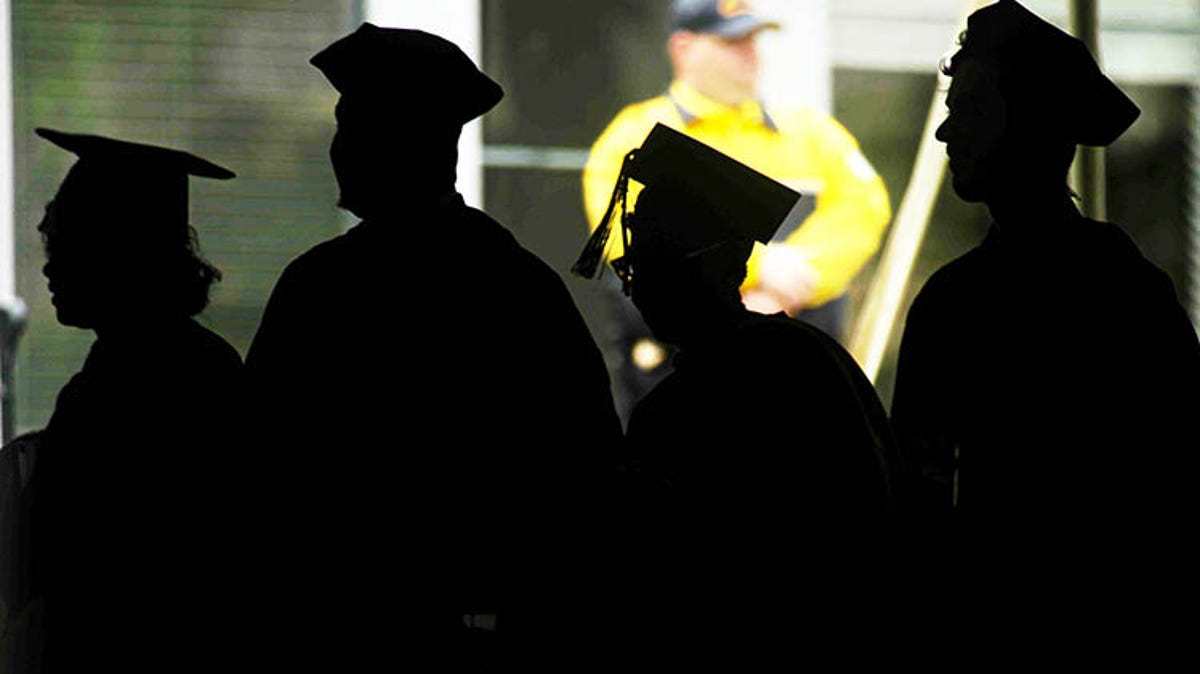Graphics illustrate: What changes have occurred in college enrollment over the past ten years?
The rising costs of college tuition, the impact of the COVID-19 pandemic, and issues with the FASFA application process have all affected the finances of many college aspirants. After a period of decreasing enrollment, there was an increase of roughly 1.2% in the 2023-2024 academic year, as reported by the National Student Clearinghouse Research Center. Even with this increase, enrollment figures are still lower than the pre-pandemic level of 16 million students.
Although it is too soon to analyze how tuition fees will affect enrollment in the next semester, some students have reported that they are choosing not to enroll in college because of the complications surrounding financial aid.
YSL News examined undergraduate enrollment trends over the last ten years to identify who is attending college, the most popular areas of study, and the influence of the pandemic on these figures.
Here’s a summary of the changing landscape of college enrollment:
Increase in college enrollment in 2023
Undergraduate enrollment saw an increase of approximately 176,000 students in the fall of 2023, according to a report released earlier this year by the National Student Clearinghouse. This marks an increase of about 1.2% compared to the previous fall.
This academic year, around 15.2 million undergraduate students are enrolled. The most significant growth was observed in community colleges, which attracted an additional 118,000 students this fall. Additionally, private, for-profit institutions reported an increase in enrollment.
The Department of Education has yet to release comprehensive data on the total number of undergraduate students for Fall 2023.
Since the COVID-19 pandemic began in March 2020, both four-year and two-year colleges have witnessed steep declines in enrollment. Between 2010 and 2021, the number of undergraduates dropped by 15%, according to the National Center for Education Statistics.
Demographics of college enrollees
In the fall of 2022, women accounted for nearly 60% of all college enrollments, a rise from 56.6% eight years prior, according to findings by the Education Department. For decades, women have surpassed men in terms of college enrollment, and the gap has continued to grow.
Popular college majors
Among graduates earning either an associate or bachelor’s degree, business and health fields were the leading areas of study, as reported by the Education Department.
Business has consistently ranked as the most awarded degree for the past decade.
During the 2021-2022 academic year, the most frequently awarded bachelor’s degrees were as follows:
- 18.2% in business
- 12.9% in health professions and related studies
- 7.7% in social sciences and history
- 6.1% in psychology
- 6.3% in biological and biomedical sciences
Reasons for declining college enrollment
For many potential students, college tuition has become prohibitively expensive. Those who decide to pursue their education often find themselves facing nearly double the tuition costs compared to what their parents paid 20 years ago.
As reported by the Education Data Initiative, the average cost of tuition and fees at public four-year colleges has surged by 179.2% over the last two decades.
Complications with the financial aid application process have disrupted the college planning and decision-making for many students. Previous reports from YSL News highlighted that technical issues with the FAFSA application caused significant delays for many disadvantaged students, impacting their ability to secure financial aid and threatening their college plans.

